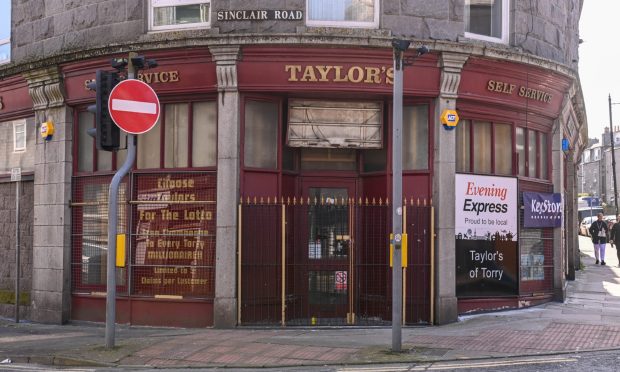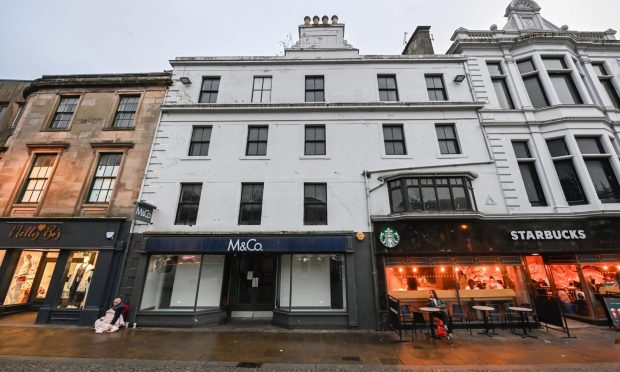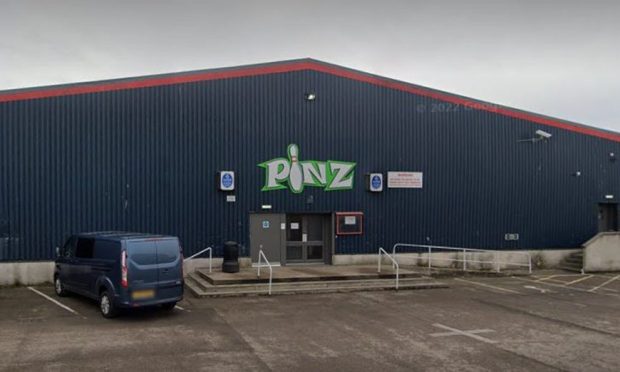A trend for for job cuts which has seen thousands of oil and gas workers across the north-east being made redundant is tapering off, new figures have shown.
Directors at Empire HR claimed that a reduction in the number calls from employers looking to cut jobs represented a “light at the end of the tunnel” for redundancies.
Since 2014, an estimated 65,000 oil and gas jobs have been lost in Aberdeen and Aberdeenshire. This figure is expected to rise by the end of 2016, with the total number of job losses within the UK oil and gas sector expected to reach 120,000.
Recent figures from the Office for National Statistics (ONS) show that the number of people claiming jobseeker’s allowance has risen almost a startling 54% in Aberdeenshire and just over 24% in Aberdeen in the past year.
But Empire, which has offices in in Aberdeen, London, Inverness, and Glasgow, believes that the region may be showing signs of recovery, as the number of calls it has received regarding redundancy reduced by 5% in the first six months of 2016.
Since the oil downturn began, calls from employers to Empire regarding redundancy increased dramatically from 9% of all calls in 2014 to 22% in 2016.
Steve Cook, chief executive of Empire, said: “The feeling amongst Empire clients seems to be that the worst is now over and there is a light at the end of the tunnel. Many employers have reorganised their businesses and are now looking forward to the future.”
The shift in trend comes as another report has found that optimism amongst employers in Scotland has flatlined compared to the rest of the UK, brought down by the oil and gas downturn and uncertainty over Brexit as well as a potential second referendum on Scottish independence.
The Manpower Employment Outlook Survey said Scotland remains one of the worst-performing regions for jobs with an employment outlook of 0%. Down on last quarter’s +2%, and well below the national outlook of +5%, Scotland has put in a muted performance, as employers become more cautious about long-term hiring, the report said.
Amanda White, operations manager at Manpower, said: “The fall in the oil price and dwindling resources continue to hit Scottish jobs hard, with the economy of Scotland’s third largest city, Aberdeen, set to suffer a further slowdown. The referendum also continues to cast a long shadow over hiring intentions and is undoubtedly a contributing factor to the fall in recruitment for permanent positions.
“Hiring intentions north of the border have been relatively weak for some time but there are glimmers of activity. We are seeing a rise in temporary vacancies in both Glasgow and Edinburgh. In the capital, contracts for construction workers have soared, which is good news for candidates with the right skills in the sector. Buoyancy in the temporary market is also giving candidates the renewed confidence to be more selective in the roles they choose. A key trend we’re seeing is a marked reluctance to transition from temporary to permanent positions where the opportunity arises, as candidates place growing value on flexibility, higher pay and the variety needed to develop a unique range of skills and experience.”










